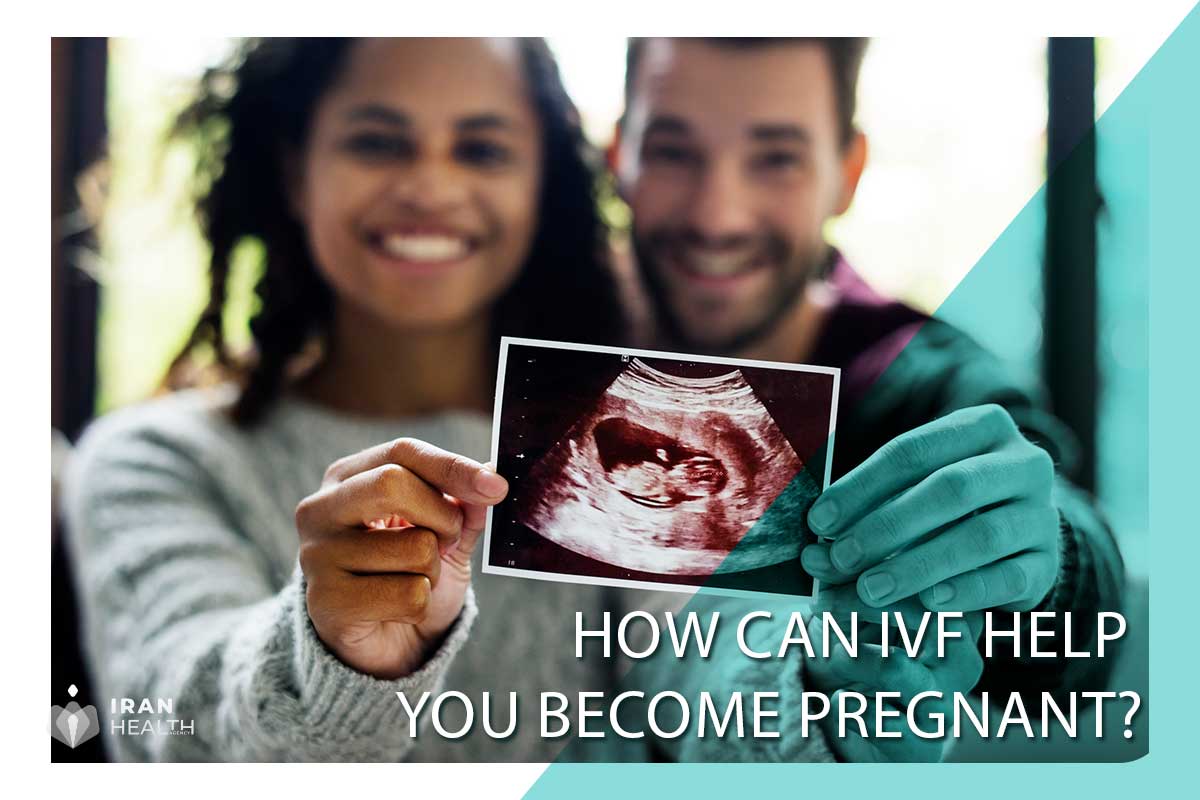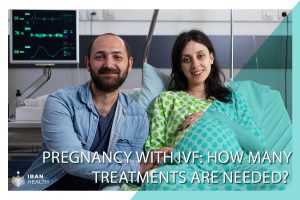IranHealthAgency shares expert advice on how this treatment can help. IVF in Iran provides access to comprehensive care and cutting-edge techniques to maximize the chances of a successful pregnancy.
Five main steps in the IVF process:
- Preparation:
The woman takes ovulation-stimulating medications for about two weeks to produce multiple eggs. Regular monitoring checks hormone levels and follicle development. Potential complications include ovarian hyperstimulation syndrome. Lifestyle factors like diet, exercise, sleep, and stress management also optimize outcomes.
- Egg Retrieval:
Sedation or anesthesia, if needed, for comfort during the short outpatient procedure. On average, 10-15 eggs are collected per cycle from ovary follicles using an aspiration needle guided by ultrasound.
- Fertilization:
Eggs and sperm are mixed in a laboratory dish and stored for fertilization. Then embryos develop for 3-5 days—factors like egg/sperm count and quality impact the fertilization rate. Genetic testing helps select viable embryos.
- Embryo Transfer:
In this procedure, a thin catheter transfers one or more embryos through the cervix. Extra viable embryos can be frozen to use for future cycles. Risk factors such as multiple pregnancies must be considered depending on the number of embryos transferred.
- Pregnancy Test :
A blood test 10-14 days after transfer checks for the hormone HCG to confirm pregnancy. Success rates per transfer average around 50% for women under 35, but miscarriage chances also rise with age.
- While complex and emotionally intense, IVF provides hope for prospective parents having difficulty conceiving on their own to build their families. Understanding what’s involved allows patients to make informed choices during this challenging yet rewarding process.
A note of caution regarding IVF
To help you through each of the main steps of the IVF process, we have provided some critical information and advice:
Preparation
- Take medications exactly as prescribed to stimulate ovaries properly and avoid complications.
- Make time for frequent ultrasounds/bloodwork to monitor stimulation effects closely.
- Discuss the risks of ovarian hyperstimulation syndrome and options to minimize.
- Reduce stress through yoga/meditation to help hormones/success rates
- Improve diet, sleep, and exercise now to boost egg/embryo quality
Egg Retrieval
- It is your responsibility to arrange for a ride home since you received sedation to keep you comfortable.
- Expect some cramping/bloating 1-2 days after since the ovaries inflamed
- Avoid strenuous activity intercourse for five days to reduce injury/infection risk
- Call the clinic if you notice heavy bleeding, pain, nausea/vomiting (signs of complication)
Fertilization
- A higher egg count improves the odds that some will fertilize and develop.
- Pay extra for genetic testing if a history of chromosomal issues
- Growth medium, lab conditions closely monitored to nurture embryos
- The count and morphology of the partner’s sperm samples were analyzed carefully
Embryo Transfer
- Implantation success is more likely when transferring embryo(s) into a receptive uterus.
- You may take progesterone supplements to sustain pregnancy initially
- Bed rest/reduced activity has not proven to improve implantation chances
- Consider a freeze-all cycle if ovarian stimulation response is highly elevated
Pregnancy Test
- Home urine tests may show false positives from trigger shots still present
- Blood tests through the clinic are more reliable in detecting authentic hCG from implantation
- Seeing gestational sac/fetal pole on early ultrasound (5-6 weeks) is reassuring
- After a positive test, continue meds/lifestyle support and attend checkups
FAQ about IVF Treatment
What are the IVF success rates?
How much does IVF cost?
How is IVF different from artificial insemination (IUI)?
What are common IVF side effects?
Does IVF increase the risk of multiples? Transferring multiple embryos can lead to twins, triplets, or more. Today, single embryo transfers are more familiar to avoid higher-risk numerous pregnancies. Any extra embryos will be frozen for potential future use.



